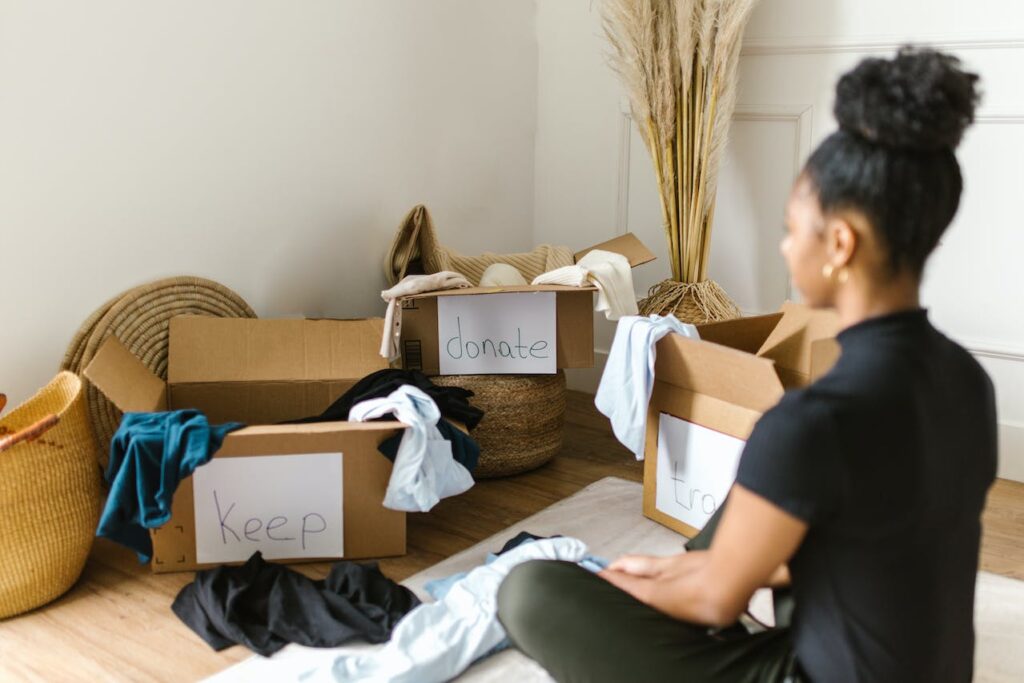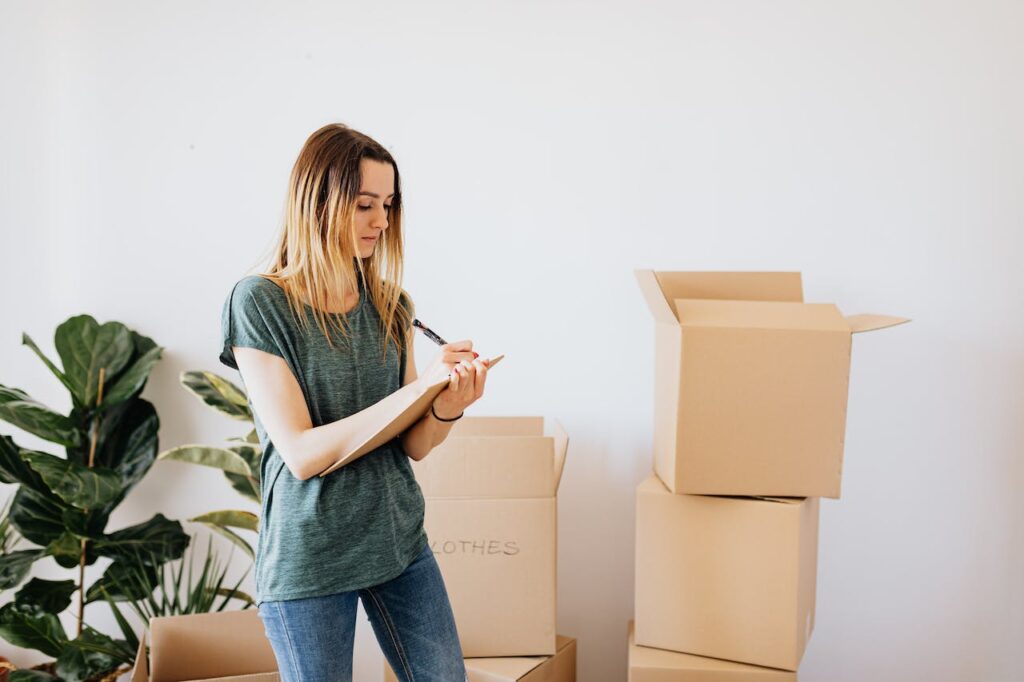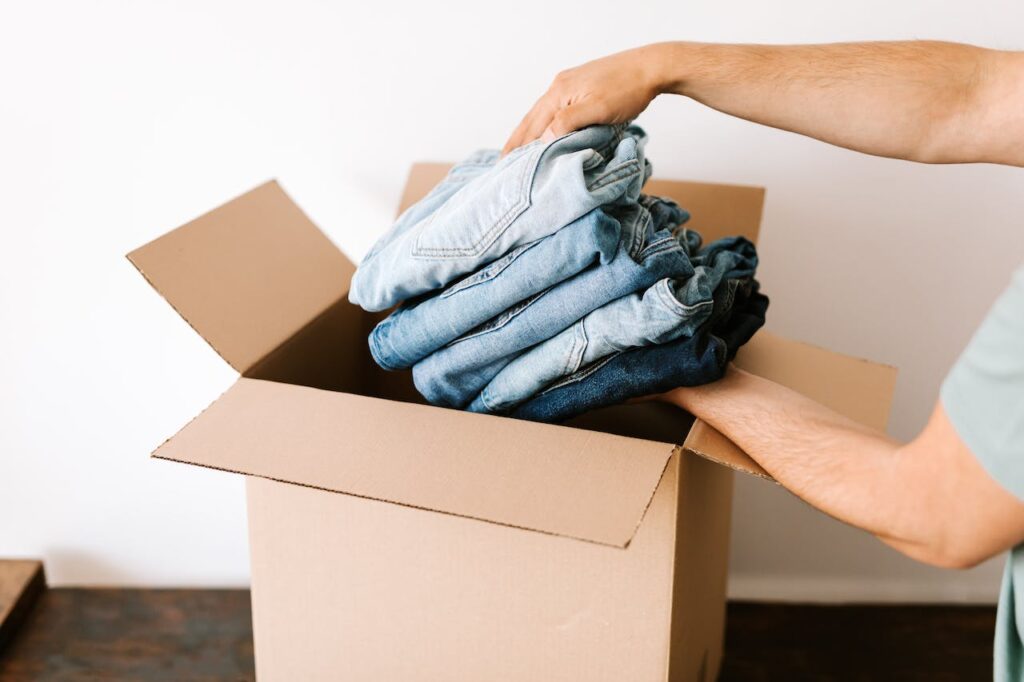How to Prepare Your Items for Self-Storage


Renting a self-storage unit for the first time? Don’t worry! Organizing your self-storage unit can be easy. With the following tips and tricks, you can prepare your items for self-storage. Furthermore, you can keep them safe from moisture and damage. Most importantly, you can prevent them from getting lost within the unit.
Prepare your items for self-storage by decluttering
Think about each item’s value and necessity, considering whether it’s truly worth keeping. Donate or sell items you no longer need or use, lightening your load and potentially putting some extra cash in your pocket. As A2B Moving and Storage Virginia advises, it’s best to tackle one room at a time, sorting items into “keep,” “discard,” and “donate” piles. Dispose of expired or unusable items, especially in the kitchen or bathroom. Be ruthless in your decisions, parting with items that serve no real purpose. For clothing, follow the “one-year rule” – if you haven’t worn it in a year, it’s time to let it go. Organize your remaining possessions, ensuring they’re clean and in good condition. After you declutter, you’ll know exactly how big of a self-storage unit you need.
Gather packing supplies
Start by making a list of the essentials: sturdy cardboard boxes, packing tape, bubble wrap, packing paper, and markers for labeling. Consider using plastic bins for added protection and durability. Estimate the quantity of boxes you’ll need based on your items’ volume and size. Purchase extra tape and materials to be safe. Seek out specialized boxes for fragile or unique items like dishware, artwork, or electronics. Make sure your boxes are clean and free from previous labels or residue. Don’t forget furniture covers or blankets to shield larger items from dust and scratches. Invest in quality materials to safeguard your belongings during their storage journey.

Label boxes when putting them in storage
You just can’t have an organized storage unit without labeling boxes. So, when you prepare your items for self-storage, write a brief but descriptive summary of every box’s contents on the top and sides, making it easy to identify even when stacked. Include any special handling instructions, such as “fragile” or “this side up,” if applicable. Assign a unique number or code to each box and create a corresponding inventory list detailing what’s inside each one. Color coding can also be helpful, associating certain colors with specific categories or rooms. Place labels on all sides to ensure visibility, no matter how the boxes are stacked or arranged. Avoid generic labels like “miscellaneous” or “stuff” – specificity is key. Labeling may seem like a small step, but it’s one of the best ways to avoid clutter in your unit.
Keep an inventory of everything you put into storage
Maintaining a detailed inventory of everything you place into storage is a storage game-changer. Start by creating a digital or physical record of each item, noting its description, condition, and quantity. Include photographs for visual reference, which can be invaluable, especially for valuable or unique items. Categorize your inventory by room or item type. Don’t forget to update the inventory when you add or remove items from your storage unit. A well-organized inventory helps prevent the “Where did I put that?” dilemma, saving you time and stress. It also serves as a valuable resource for insurance claims in case of unforeseen events. Keep a copy of the inventory at home and another in your storage unit, ensuring easy access whenever you need it.

Clean and dry your items
Dust, dirt, and moisture left on items can lead to mold, mildew, and deterioration over time. Before packing, thoroughly clean and dry each item. For clothing and fabric items, launder or dry clean them to remove stains or odors. Wipe down furniture and surfaces to prevent dust buildup, which can attract pests. Clean and dry kitchen appliances to avoid mold growth and foul odors. Ensure electronics are free from dust and moisture to prevent potential damage. This extra effort will not only protect your items but also maintain the overall hygiene of your storage space. Moreover, cleaning and drying your items before storage is essential to prevent the spread of mold or pests to other items in the unit. It’s a small investment of time and effort that pays off in the long run by preserving the quality and lifespan of your possessions.
Dismantle furniture for storage
Begin by taking thorough photos of each item before disassembly to aid in reassembly later. Keep all hardware, screws, and small parts in labeled bags or containers, ensuring nothing gets lost. Use the manufacturer’s assembly instructions if available, or create detailed notes for reassembly. If your furniture has fragile components like glass shelves or mirrors, wrap them in bubble wrap or packing paper and store them securely. To take furniture to storage, reach out to local movers in Ashburn, VA. When you hire movers, you can prevent any damage to your furniture. In addition, you can avoid any potential injury that may occur from furniture moving.

Protect your mattresses and furniture
Invest in quality mattress and furniture covers to shield them from dust, dirt, and potential pests. These covers act as a protective barrier, keeping your items clean and sanitary. For mattresses, make sure they are completely dry before covering them to prevent mold or mildew growth. If possible, stand mattresses on their sides to save space and maintain their shape. Additionally, using mattress bags with zippers ensures a snug fit. When it comes to furniture, avoid stacking items directly on top of one another to prevent scratches and dents. Use furniture blankets or padding to wrap larger pieces like sofas, chairs, and tables for added protection. For delicate wood finishes, consider applying furniture polish before storing to maintain their luster. Ensure all furniture legs are adequately covered or padded to prevent damage during handling or transportation.
Prepare your items for self-storage with our great tips
With these steps in mind, you can safely prepare your items for self-storage. Additionally, you’ll be able to find anything you need in the unit. Now, you can bid farewell to chaos and welcome the joy of an organized, well-preserved storage unit.